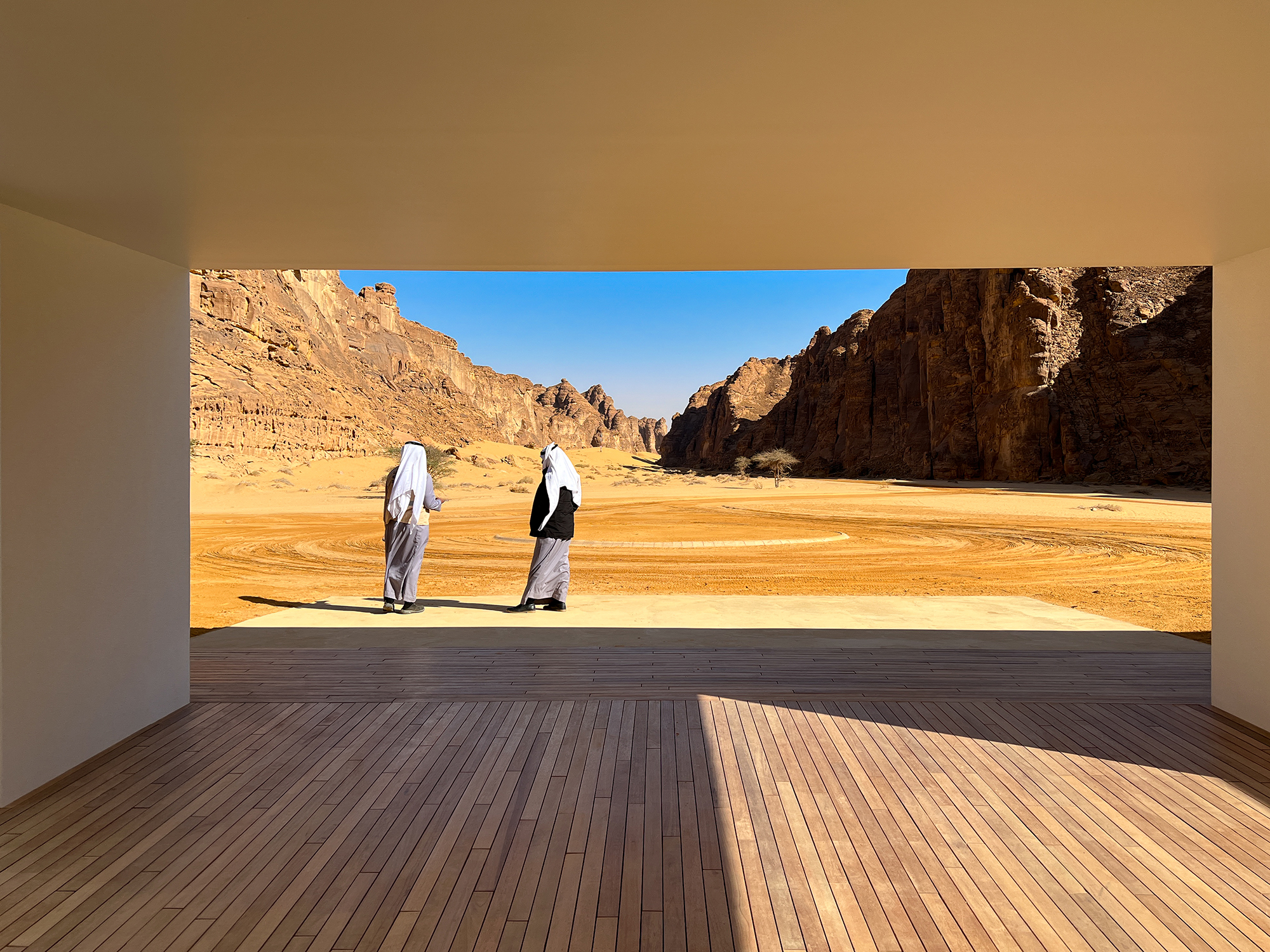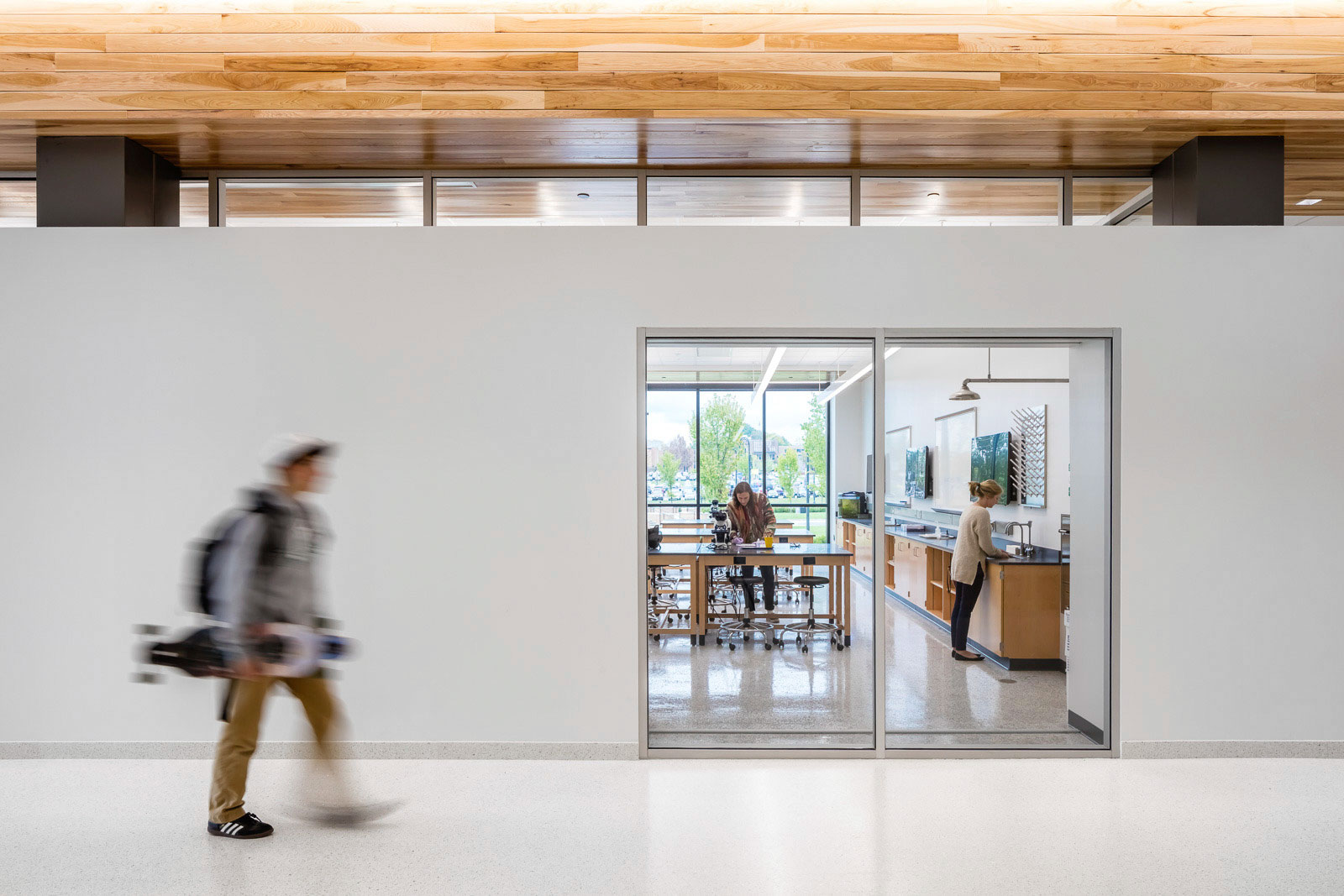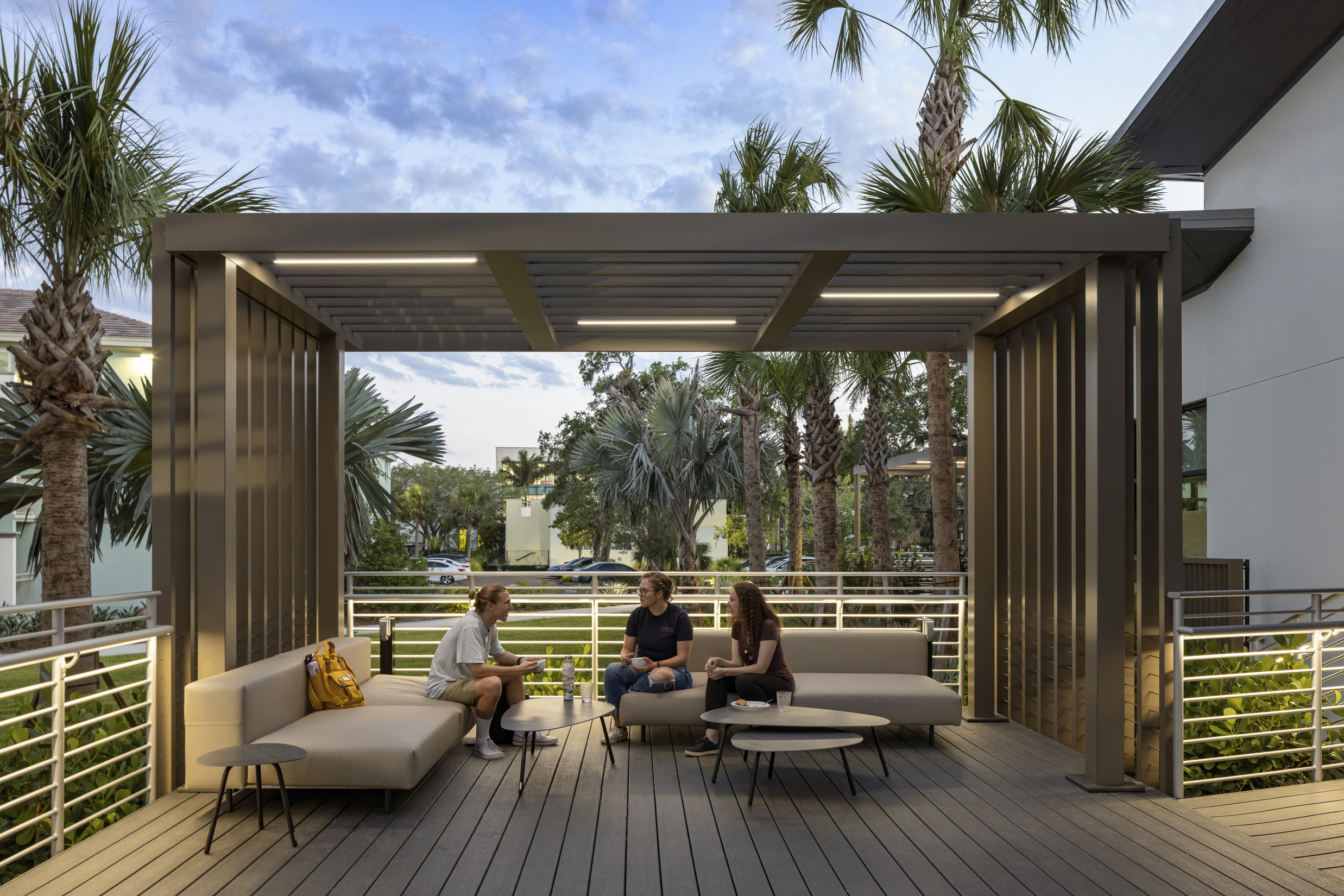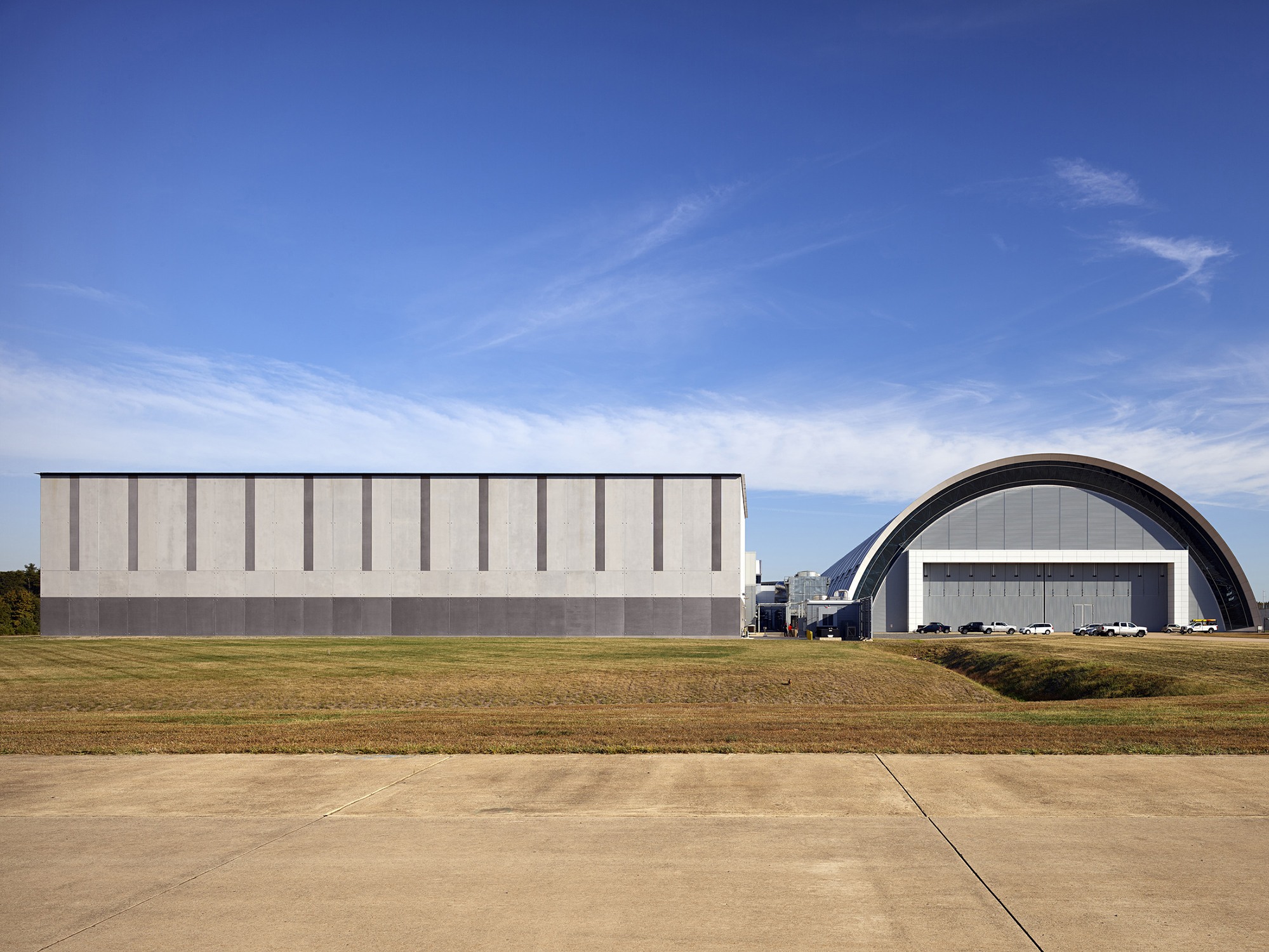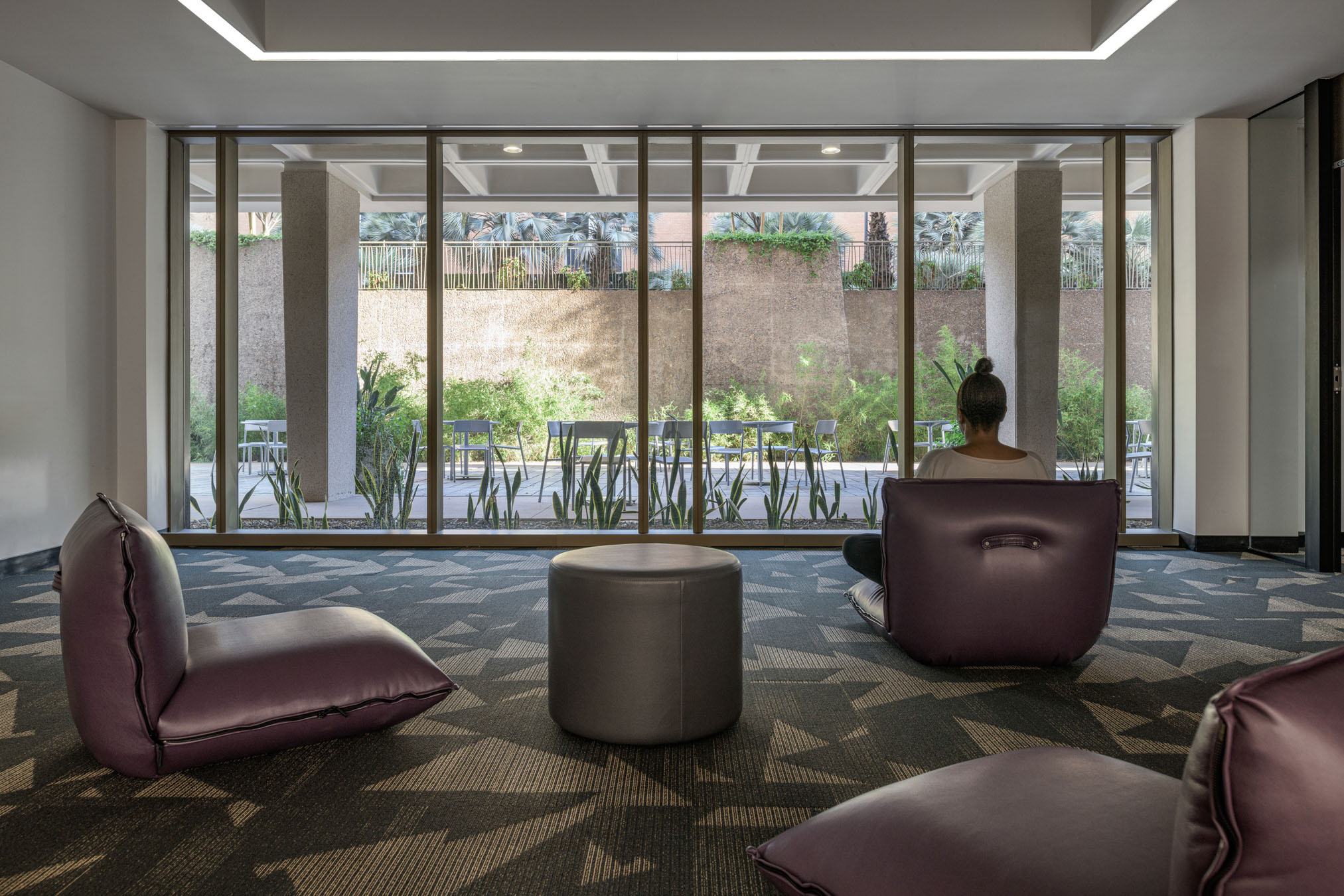In an era defined by 24-hour news, constant reels, notifications and divided attention, architecture stands at a threshold. More than a backdrop to daily life, built environments are increasingly called upon to act as anchors — places that intentionally slow us down, invite reflection, and restore a sense of well-being. Now more than ever, architecture should do more than function; it should also focus perception and heighten awareness.
While perception is tied to physical senses of touch, sight, hearing, taste and smell, it also speaks to our sense of reverence for time, space, and the unseen. Historically, churches, temples, and mosques provided the environment to connect with faith and uncertainty and represented what is referred to as the “sacred”. The “profane,” by contrast, is viewed as the everyday, fleeting, and utilitarian. There was perhaps a time when the line between the sacred and profane was not as distinct, and the transition from daily life to a place of contemplation was more congruent with people’s culture and values. Today, however, the sacred is not always apparent, and the profane has become overstimulated as even our most mundane spaces have become inundated with distraction.
While the widening gap between the sacred and the profane isn’t always easy to bridge, the disconnect offers opportunities where these distinct space types could be reconsidered and reinterpreted. The shift has already begun, as the sacred no longer has to be tied to paradigm or symbolism — in many ways, it’s become more of a matter of attention. Today, a sacred space might be anywhere with a quiet threshold, subtle shift in light, or a space that holds rather than fractures our thoughts.
While spaces of varying functions and scales can be imbued with deeper meaning, we believe cultural institutions, in particular, have profound potential to reclaim their roles as sanctuaries of attention — among the most prominent spaces where stillness is not only permitted but protected are our museums, libraries, and civic cultural institutions. These environments offer an opportunity to center contemplation. Whether it’s through the curious anticipation of an exhibition, the quiet pause between galleries, or the deliberate unfolding of an interpretive narrative, these spaces often guide us towards a deeper engagement with ourselves and one another with the goal of understanding our larger culture and community.
In a world that capitalizes on distraction, these spaces are becoming more essential as places of learning, curiosity, presence, memory, and meaning. Designing for attention means creating environments that honor slowness, sensory engagement, and emotional resonance, which in turn can contribute to feelings of well-being.
To allow for experiences that foster awareness and well-being, there are a number of strategies we integrate into our work:
- Temporal Design: Spaces that emphasize the experiential over the immediate spectacle. This can be seen at the National Aquarium’s Harbor Wetland, where visitors can engage with the harbor’s natural elements with curiosity and wonder as it relates to the intersection of the harbor and urban environment.




